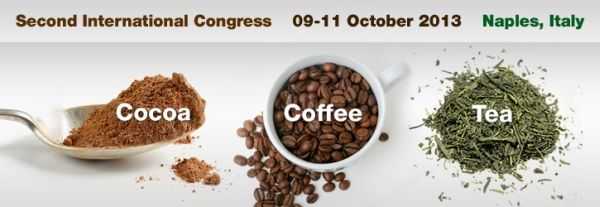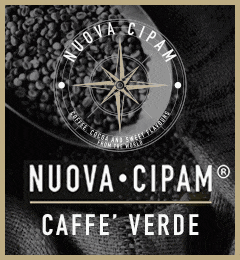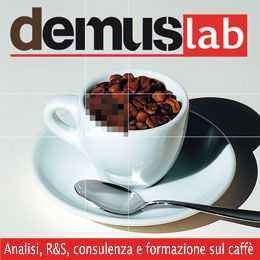McMullen M.K.1,2 1 Life Force Research, Sweden. 2 Department of Life Sciences, University of Westminster, London, United Kingdom. E-mail: research@micmcmullen.se
Caffeine’s pharmacological effects have been investigated in various models. At caffeine dosages typically ingested by humans, the blockade of adenosine receptors is the major pharmacological target[1].
Other mechanisms involving the inhibition of phosphordiesterases, the blockade of GABAA and the release of intracellular calcium occur only at toxic dosage levels[1].
Nonetheless two prominent pharmacologists, John W. Daly and Bertil B. Fredholm, have repeatedly suggested the likelihood of an additional unknown site of action operating at low caffeine concentrations[1].
Our group has reported two novel mechanisms by which caffeine elicits autonomic responses involving haemodynamics. Both mechanisms involve chemosensory stimulation occurring in the period prior to the movement of caffeine from the gut to the plasma.
Firstly we demonstrated that the presence of circa 130 mg caffeine delivered in 67 mL regular coffee or added to 67 mL decaffeinated coffee can elicit increases of heart rate and decreases of dp/dt (contraction force) for 30 minutes while the added caffeine decreased baroreflex sensitivity for 5 minutes[2, 3]. These cephalic phase responses likely result from the stimulation of bitter taste receptors in the oropharyngeal cavity. Molecular research reports that caffeine stimulates five distinct bitter oropharyngeal receptors.
Secondly the presence of 130 mg caffeine, released in the gut after capsule disintegration, elicited increases of diastolic blood pressure in the following five minute interval[2].
This indicates that like rodents, humans have bitter receptors sensitive to caffeine in the upper gut. In contrast, no response was observed following the ingestion of a similar amount of caffeine in coffee or in the carrier decaffeinated coffee. These contrasting findings can be attributed to unspecified compounds in coffee acting as partial agonists and antagonists.
Our findings are supported by behavioural studies indicating that the drinking of coffee and tea produce cerebral stimulation prior to substantial amounts of caffeine entering the plasma.
References
[1] Daly J.W., Fredholm B.B. Caffeine – an atypical drug of dependence. Drug Alcohol Depend. 1998, 51, 199- 206 [2] McMullen M.K. et al. The immediate and short-term chemosensory impacts of coffee and caffeine on cardiovascular activity. Food Funct. 2011, 2, 547-554
[3] McMullen M.K. et al. Caffeine in hot drinks elicits cephalic phase responses involving cardiac activity. Food Funct. 2012, 3, 931-940















